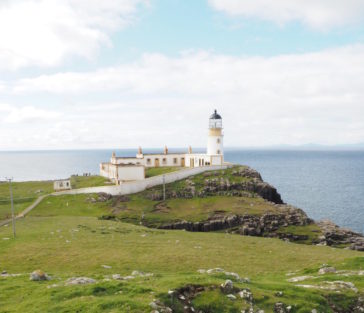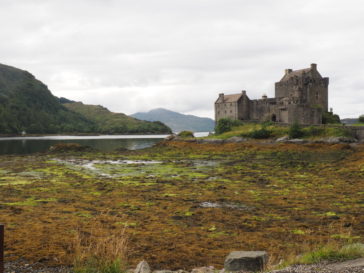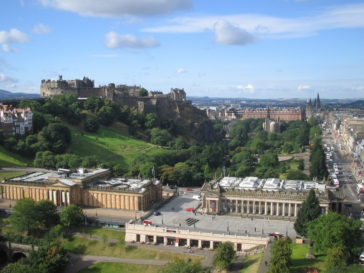It’s hard not to fall in-love with Europe. This continent of winding cobblestone streets, scrumptious baked goods, intricate architecture spanning centuries, art museums, and historical sites—all of it charms and beckons and lingers in memory long after departure. Here you’ll find modern conveniences and luxury alongside ancient ruins, now-idyllic country fields that were once the scene of fierce battles.
Europe is more expensive as a tourist destination than many other areas in the world but it can still be affordable with a little planning and budgeting. Most countries and large cities have a terrific public transportation network and train travel between and even within countries couldn’t be more convenient.
Opening Hours
If you’re coming from the United States, where the majority of stores and services are open every day until well into the evening, and some open 24/7, be aware that European businesses often close around 5pm or 6pm and may not be open on Sunday. Many museums are closed one day a week. Be sure to check opening hours for attractions you intend to visit before you go so you’re not disappointed when you arrive only to find that they’ve closed for the day.
English as Lingua Franca
Thanks to the ubiquitous use of English around the world in both business and diplomacy, it has become a true lingua franca, or common tongue, for communication across cultures. Anyone who works in the tourism industry in Europe will speak English and you’ll encounter many other people who do, too, regardless of their job or where they’re from. That said, an effort to learn useful words and phrases in the language of the place you’re visiting is always appreciated and shows respect for your hosts.
Here are some posts and helpful tips based on my own experiences traveling through Europe.




